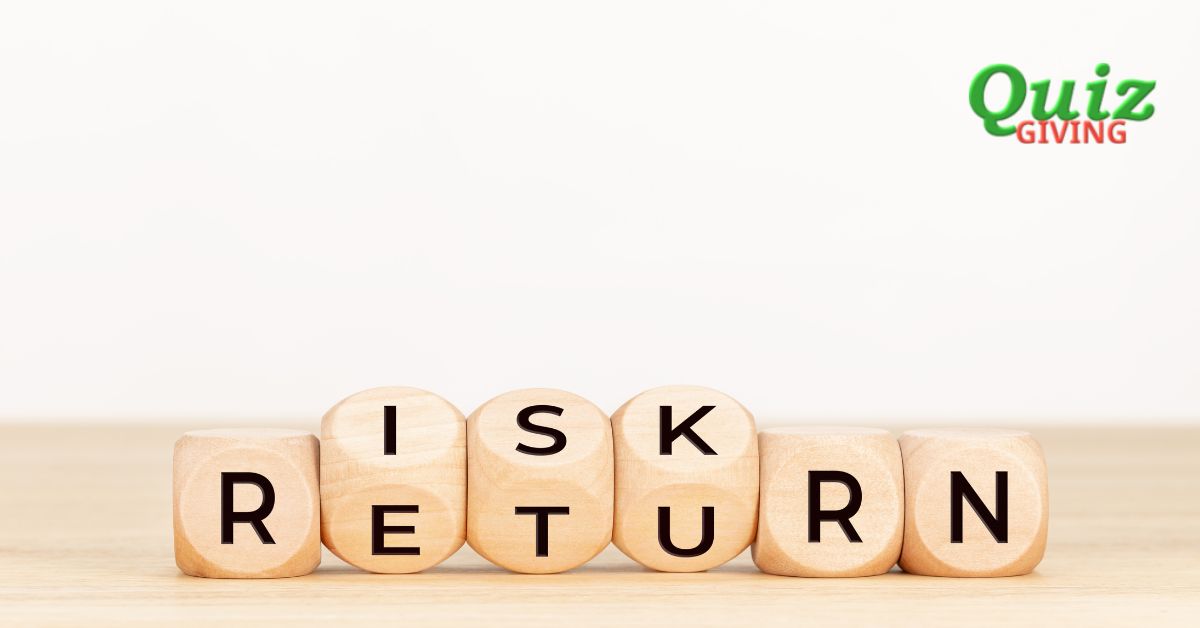Welcome to our latest quiz that will test your knowledge on one of the most widely used investment performance metrics – the Sharpe Ratio. Whether you’re a seasoned investor or just starting out, understanding the Sharpe Ratio is crucial for evaluating the risk-adjusted returns of your investments. In this quiz, we’ll explore the ins and outs of the Sharpe Ratio, providing you with valuable insights to enhance your investment decision-making process.
The Sharpe Ratio, developed by Nobel laureate William F. Sharpe, measures the excess return of an investment compared to its volatility or risk. It helps investors determine whether the returns they are receiving are worth the level of risk they are taking. By taking this quiz, you’ll gain a deeper understanding of how the Sharpe Ratio is calculated and how it can be used to compare different investment opportunities.

